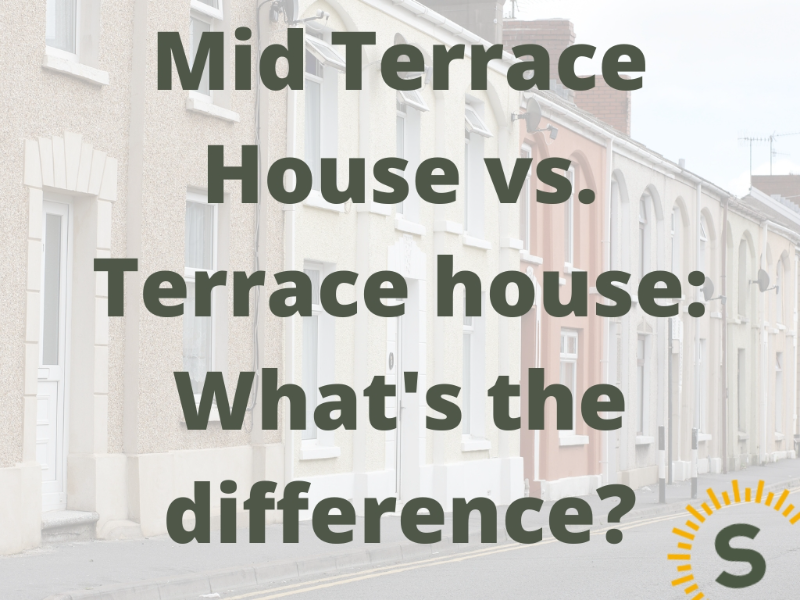
Mid Terraced houses are a common sight in UK architecture, so much so that 7 million of them exist in the UK.
They represent a fascinating combination of historical charm and practical living. But what's the difference between a mid terrace and a terrace house?
Should you think about buying one?
Let's dive into the distinctive characteristics of terraced housing, uncovering their roots, features, benefits, and possible downsides.
A mid-terrace house is a residential property situated between two other houses in a row, sharing side walls. It is connected to neighbouring homes and typically has a uniform appearance, with a front and back garden, commonly found in urban and suburban areas.
Terraced houses can be categorised into two types: mid-terraced and end-terraced houses.
A mid-terraced house is sandwiched between two other properties. It shares walls with the houses on either side, promoting energy efficiency due to the shared heat.
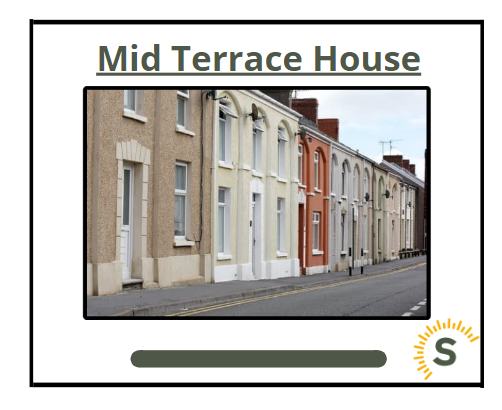
In contrast, an end-terraced house is situated at the end of a row. It only connects to one other house, offering a bit more privacy.
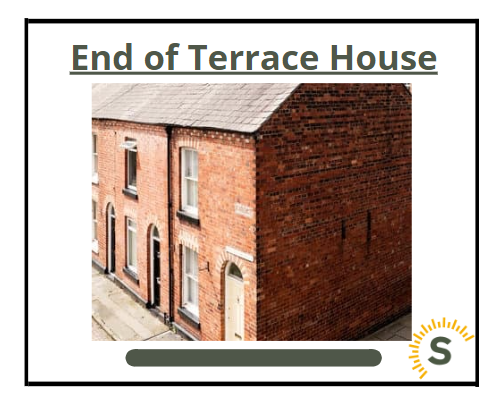
The decision to opt for a terrace house or a mid-terrace house depends on various factors, including personal preferences, lifestyle, and priorities.
Those who value a strong sense of community might appreciate the closely-knit neighbours and shared architectural themes of terrace houses.
On the other hand, individuals who prioritise noise insulation and energy efficiency might find mid-terrace houses to be a more suitable option.
Ultimately, both terrace houses and mid-terrace houses offer a unique blend of urban living, combining the convenience of shared walls with the comfort of private spaces.
Whether you seek a classic aesthetic or a modern twist, these housing styles contribute to the rich tapestry of housing options available in today's cities.
In conclusion, the difference between a terrace house and a mid-terrace house lies primarily in their placement within a row and the resulting implications for aesthetics, insulation, and space efficiency.
Understanding these distinctions can help individuals make informed decisions when considering their ideal urban dwelling.
There's often confusion between terraced and semi-detached houses. The primary difference lies in the number of shared walls. A semi-detached house is attached to only one other property, unlike a mid-terraced house that has neighbours on both sides.
End-terraced houses and semi-detached homes share similarities as they're both connected to just one other property. However, an end-terrace is part of a longer row of houses, while semi-detached homes are typically built in pairs.
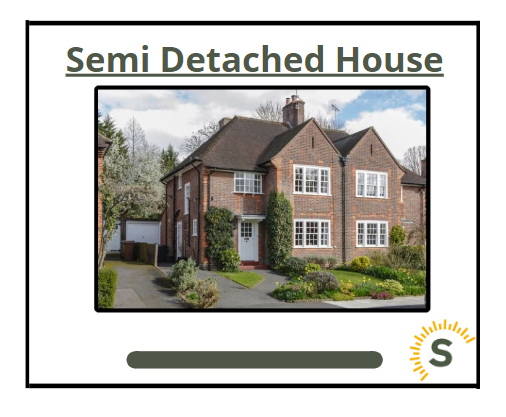
When it comes to property value, end-terrace houses often have higher asking prices than mid-terraces, primarily due to more privacy. Despite this, they're usually cheaper than semi-detached homes.
Terraced houses are a popular choice amongst first-time buyers, young families, and investors due to their affordability, long-term value, and low maintenance.
Terraced housing has a rich history in the UK, with their popularity peaking during the Georgian, Victorian and Edwardian eras.
Originating in the 17th century, Georgian terraces were initially luxury housing for the affluent. These elegant houses were built in long lines, often three or four storeys high, with large sash windows.
The Victorian era witnessed a surge in terraced housing due to rapid population growth. These properties often featured ornate fireplaces, stained glass windows, and large bay windows, adding a touch of grandeur.
The Edwardian period saw a further development in terraced houses, with more decorative elements. These properties often had mock Tudor cladding and were usually shorter than Georgian or Victorian terraces.
Like any property type, terraced houses have their advantages and drawbacks.
If you're contemplating buying a terraced house, keep these factors in mind:
**** 4.2

Yes, a loft conversion can typically be done on a mid-terraced house, subject to local planning regulations and structural feasibility. Consult with a professional architect or builder to determine if your specific property can accommodate a loft conversion within its constraints.
Yes, a mid-terrace house can experience subsidence, which is the downward movement of the ground beneath a building's foundation. Factors like soil conditions, water drainage, and nearby excavation can contribute to subsidence. Regular monitoring and addressing drainage issues can help prevent or mitigate this problem.
The decision to purchase a terraced house boils down to your lifestyle, needs, and priorities. If you value history, a sense of community, and efficient use of space, a terraced house could be a great fit. First-time buyers looking for affordability and families seeking a cozy living arrangement might find their match here. However, if complete privacy and ample space are non-negotiable, you might want to explore other housing options.
In conclusion, terraced houses offer a unique blend of history, character and practicality. They're a viable property choice for those looking for affordability and energy efficiency. However, as with any property, it's essential to weigh the pros and cons before making a decision.

Stuart is an expert in Property, Money, Banking & Finance, having worked in retail and investment banking for 10+ years before founding Sunny Avenue. Stuart has spent his career studying finance. He holds qualifications in financial studies, mortgage advice & practice, banking operations, dealing & financial markets, derivatives, securities & investments.
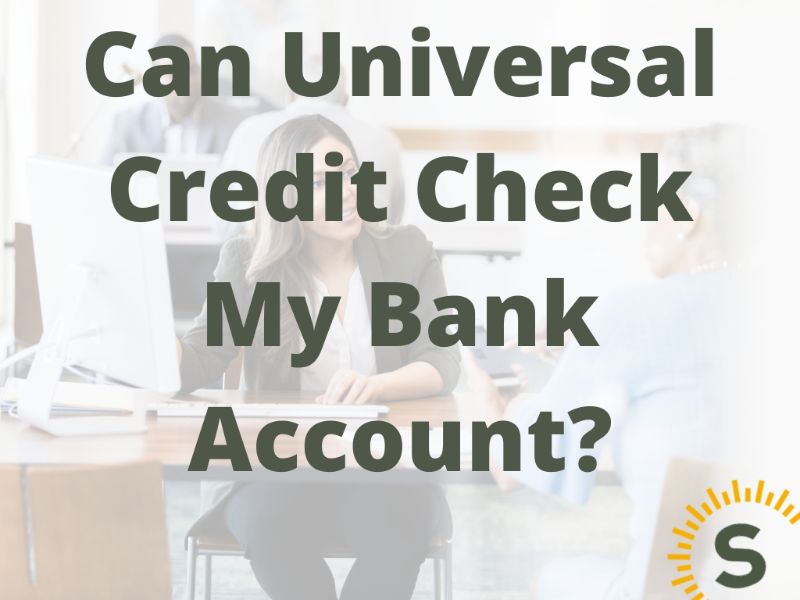
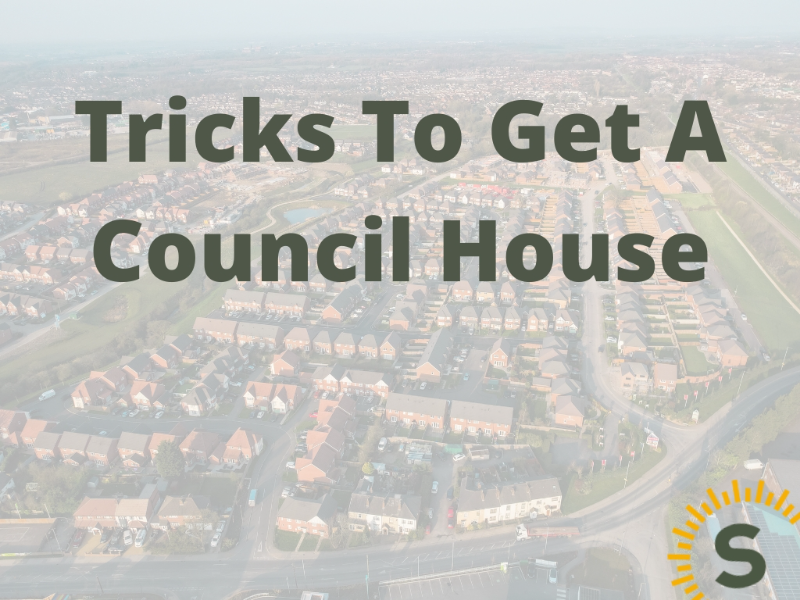
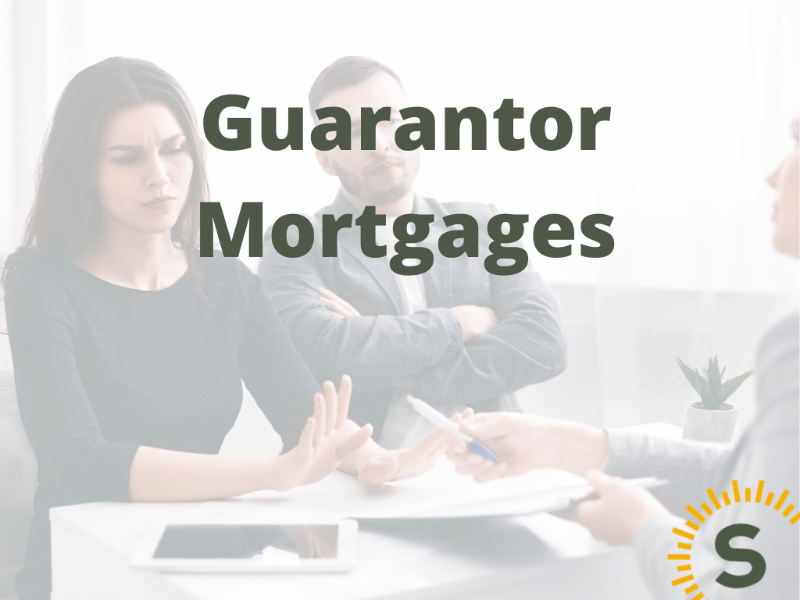

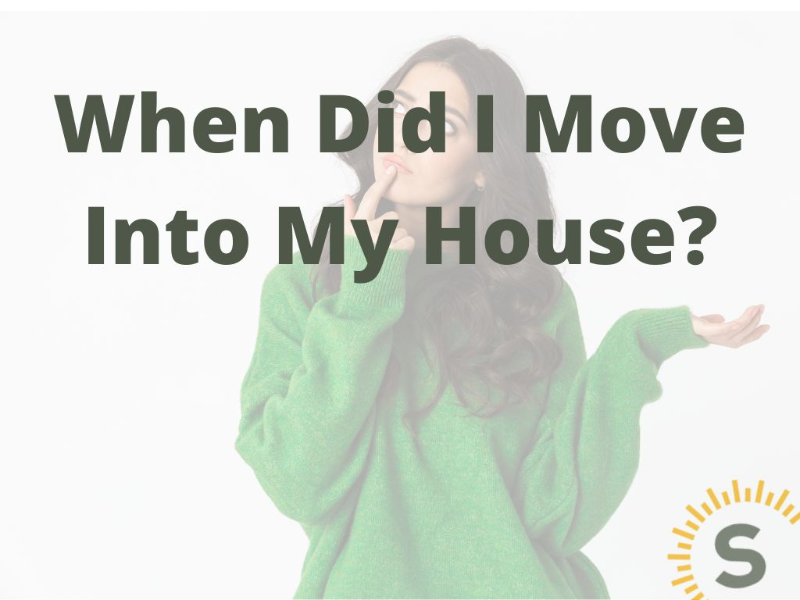
Our website offers information about financial products such as investing, savings, equity release, mortgages, and insurance. None of the information on Sunny Avenue constitutes personal advice. Sunny Avenue does not offer any of these services directly and we only act as a directory service to connect you to the experts. If you require further information to proceed you will need to request advice, for example from the financial advisers listed. If you decide to invest, read the important investment notes provided first, decide how to proceed on your own basis, and remember that investments can go up and down in value, so you could get back less than you put in.
Think carefully before securing debts against your home. A mortgage is a loan secured on your home, which you could lose if you do not keep up your mortgage payments. Check that any mortgage will meet your needs if you want to move or sell your home or you want your family to inherit it. If you are in any doubt, seek independent advice.